The next time you are at the top of India Street in Portland where it hits Congress Street, look for the Maine Jewish Museum. It’s set back from the street behind a black wrought iron fence, nestled between Angela Adams on the left and a parking lot on the right. The museum is a hidden gem and so are the art exhibits inside.
The exhibits rotate and right now, when you open the front door you’ll be welcomed by beautiful oil paintings of the seasons of Maine by Bonnie Spiegel and wood sculpture by Vic Goldsmith. But I’m going to focus on the exhibit inside the door on the left at the far end of the hall.
The exhibit is titled Cabin Fever. It’s a collaborative traveling art show sponsored by Sweetser, the Opportunity Alliance and Shalom House. All of the art was created by people who are living with mental illness.
Consider this statement:
Those living with mental illness are often defined by their disability rather than their ability.
No one would want to be defined by what he/she is unable to do. Not you. Not I.
Achieving something, no matter what it is, can be significant for any one of us, but especially so for someone struggling with a mental illness.
That’s why Shalom House, which has been providing housing and support services in southern Maine for people living with mental illness since 1972, also operates a robust art program in a large mixed media studio in Portland.
Shalom’s Art Program began in 1994 and is run by Tenney Swift, a Maine College of Art (now MECA) graduate.
“The program provides people with severe illnesses an opportunity to quiet their symptoms and improve self – esteem through a creative process,” Tenney explains. “They also develop strong bonds of support and comfort with members of the group that often result in close friendships and natural supports.”
Cyndi Kinard has been attending the program almost since it started. She painted the two cats on the grass and the tree in the picture above.
“I suffer from bi-polar disorder,” she says. “There have been many times when having the art program has helped me have a safe place to deal with whatever is in my face at the time! And knowing there’s someone safe to talk to when needed has no doubt saved my life more than once over the years!”
Ken Pinet, whose creation is the log cabin on the table, has been participating since last December.
“I look forward to attending twice a week,” says Ken. “This program lets me feel free of everyday stress and to forget about it for a few hours. I suffer from PTSD and major depression. I love this program. I don’t know where I would be without it.”
Ada Sargent’s painting is hanging just above Ken’s log cabin. Ada had a better winter than usual because of the art program.
“It really means more than I can put in words,” she say, “but this winter my SAD disorder was mild compared to the past couple of winters. I really look forward to each class because of the interaction from each person in the class. Ideas are shared among each and it is fun.”
Rabbi Gary Berenson is the Director of the Maine Jewish Museum, which he’s been told has become an important venue for art in Maine. The Cabin Fever Show is a departure from the usual exhibits and the room it’s in wasn’t intended as a viewing gallery, but Rabbi Berenson believes it all works nicely. “When the art went up and I saw the reaction of the artists and visitors who say they really like the pieces I was glad we did it.”
One thing he doesn’t want to happen is that the museum is seen as strictly an art gallery. “It’s a museum of Jewish history and we are still a synagogue, so I don’t want that to be lost and for people to think they’re just in an art gallery.”
The synagogue is Etz Chaim, one of the oldest in Maine. When it was established in 1921, it was one of three Orthodox synagogues in the neighborhood. Now it’s the only synagogue. No longer strictly Orthodox, today Etz Chaim is an unaffiliated, egalitarian, modern Jewish congregation.
While the museum’s mission is to “honor the contributions and diversity of Maine’s Jewish immigrants,” it also “seeks to build bridges of appreciation and understanding with people of all backgrounds.”
By inviting Shalom House (not a Jewish organization), Sweetser and the Opportunity Alliance to showcase their art exhibit and pay tribute to the artists, the museum is certainly living up to its mission. In doing so, not only does it benefit the artists, it also helps break down barriers and remove the stigma that too often is associated with mental illness.
John Buckley, who painted Hollywood Dreaming (in the foreground) articulates quite nicely how meaningful the experience has been for him and his fellow artists.
“Hope became a paintbrush, heavy as stone at first then light as a whisper. Everyone helping each other gave everyone a hope undaunted and without strings.”
The show at the Maine Jewish Museum is over, but the Cabin Fever Art Show is an annual event. Check with Shalom House for details and to learn more about its fabulous art program.

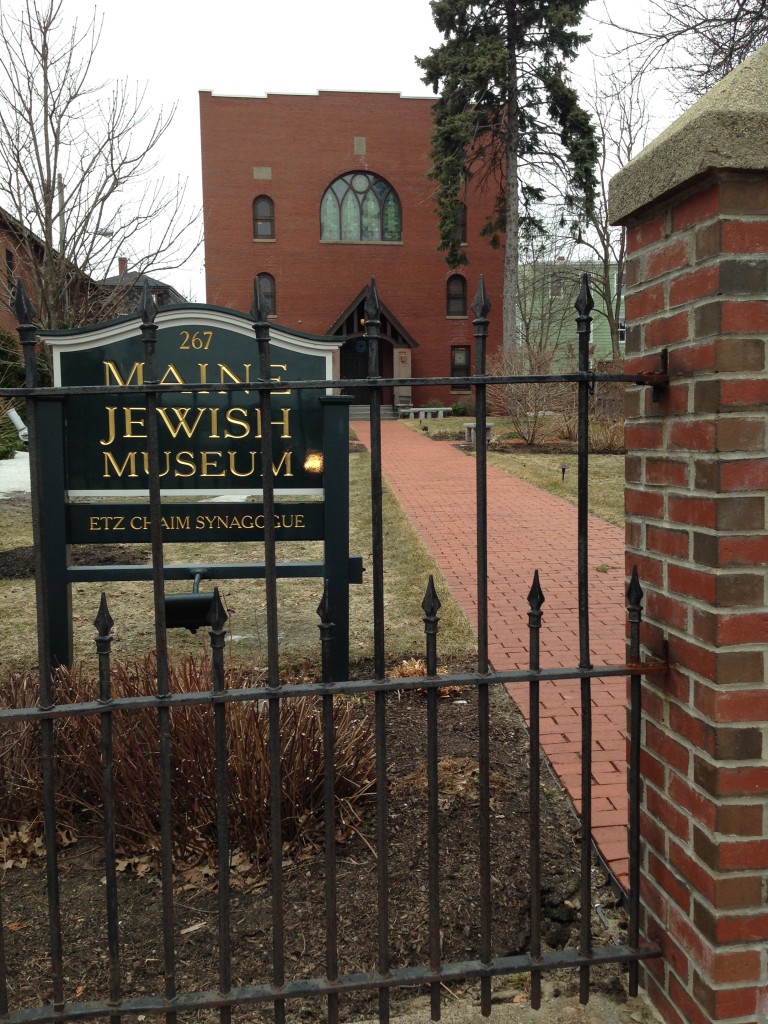
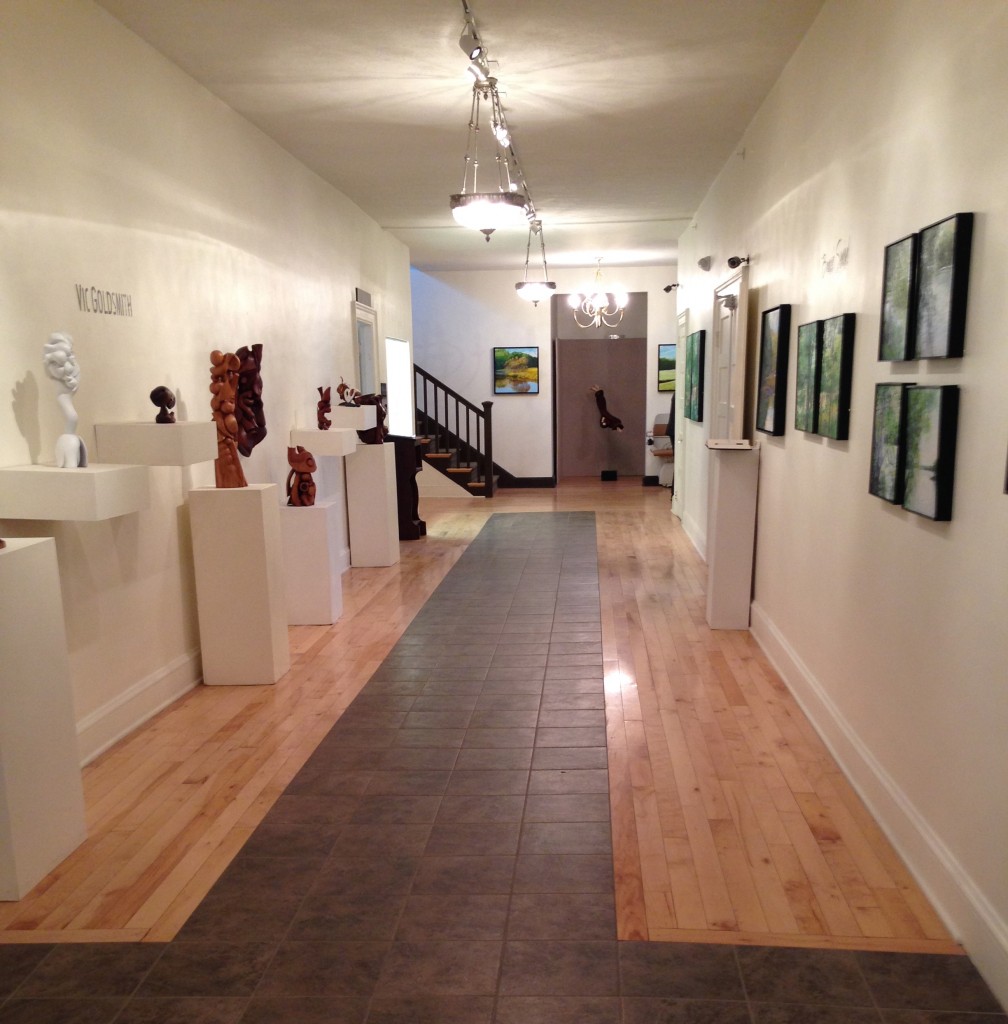
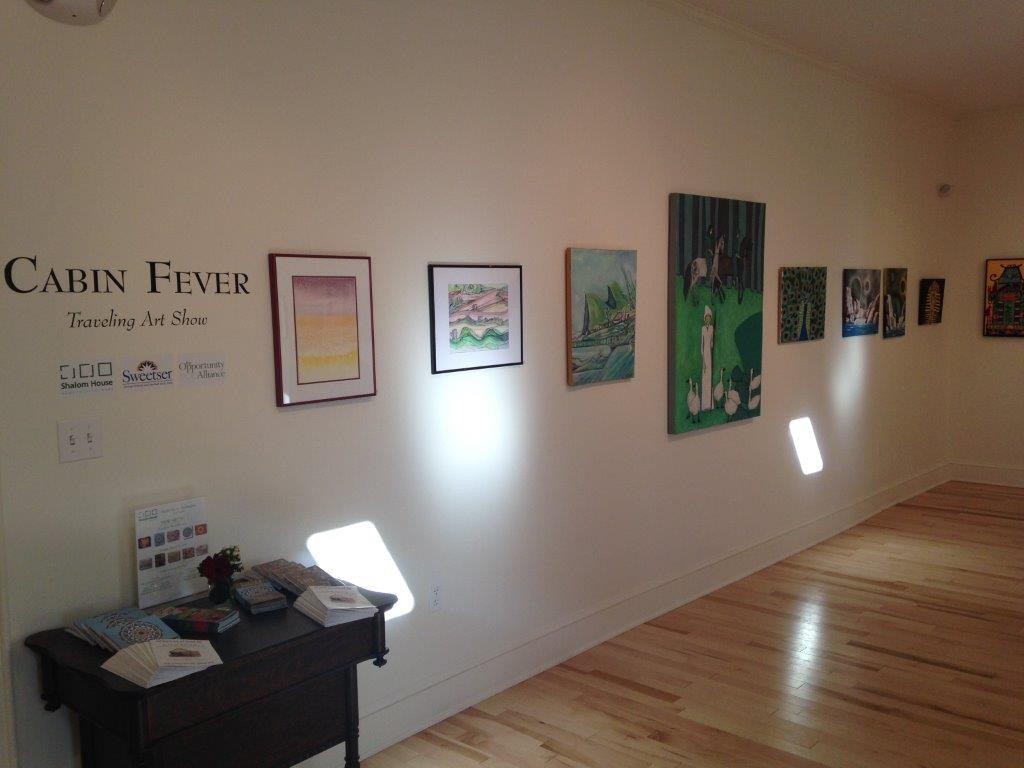
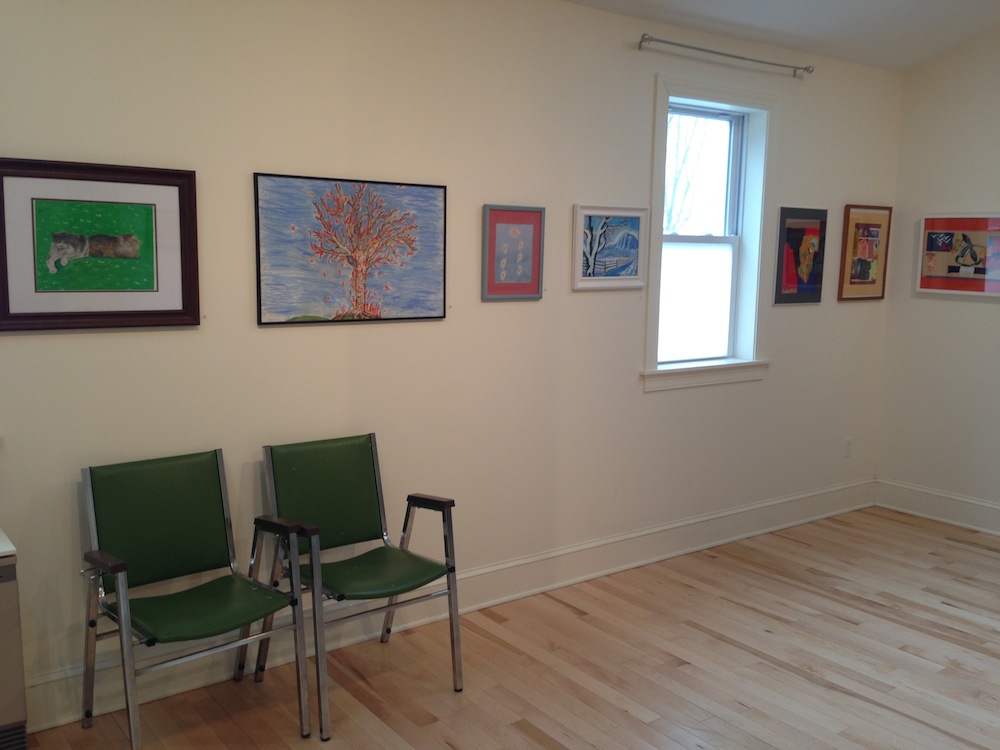

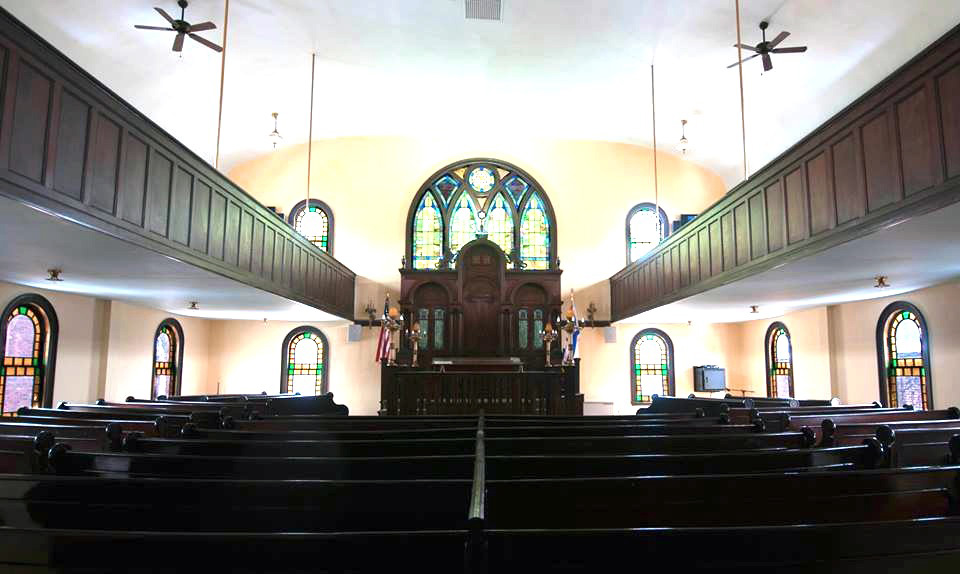
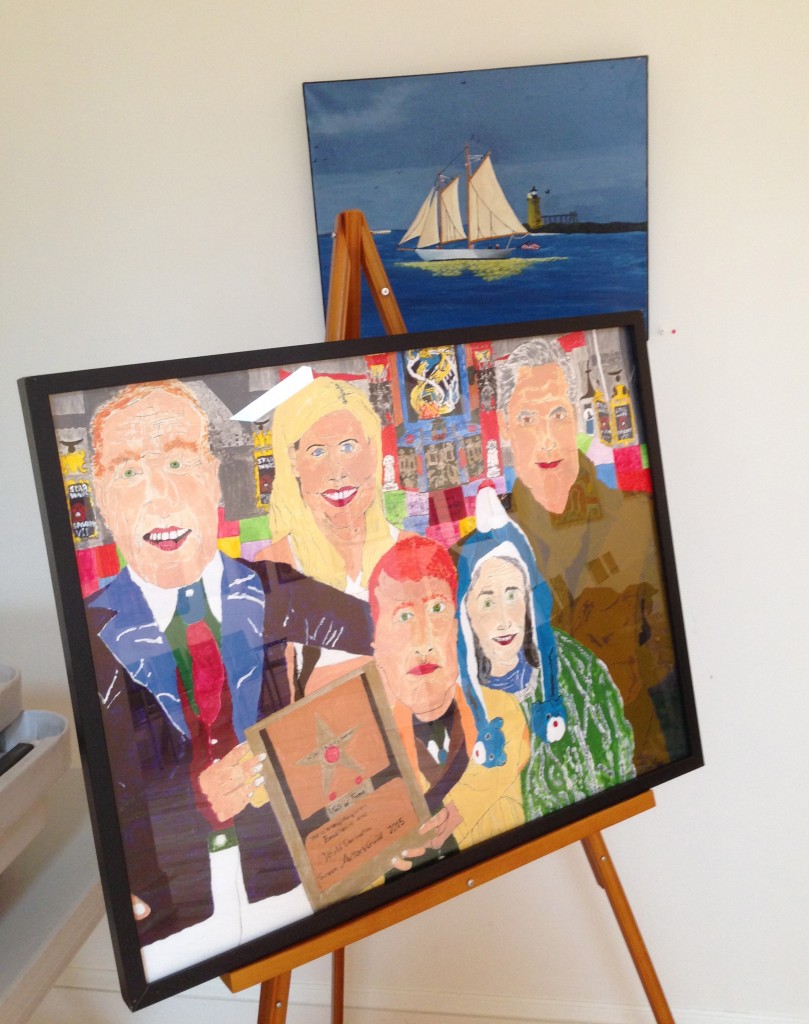
Leave A Comment